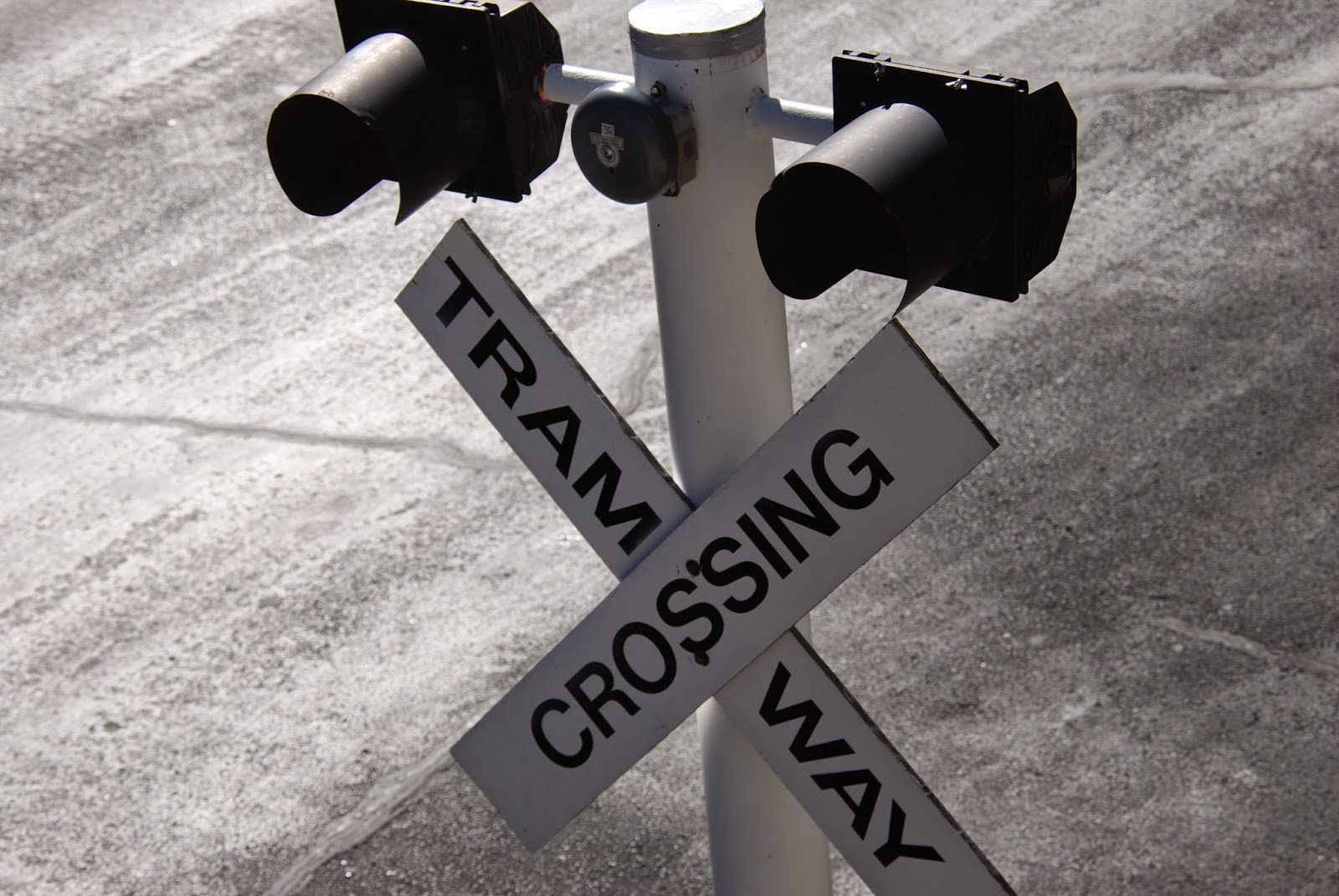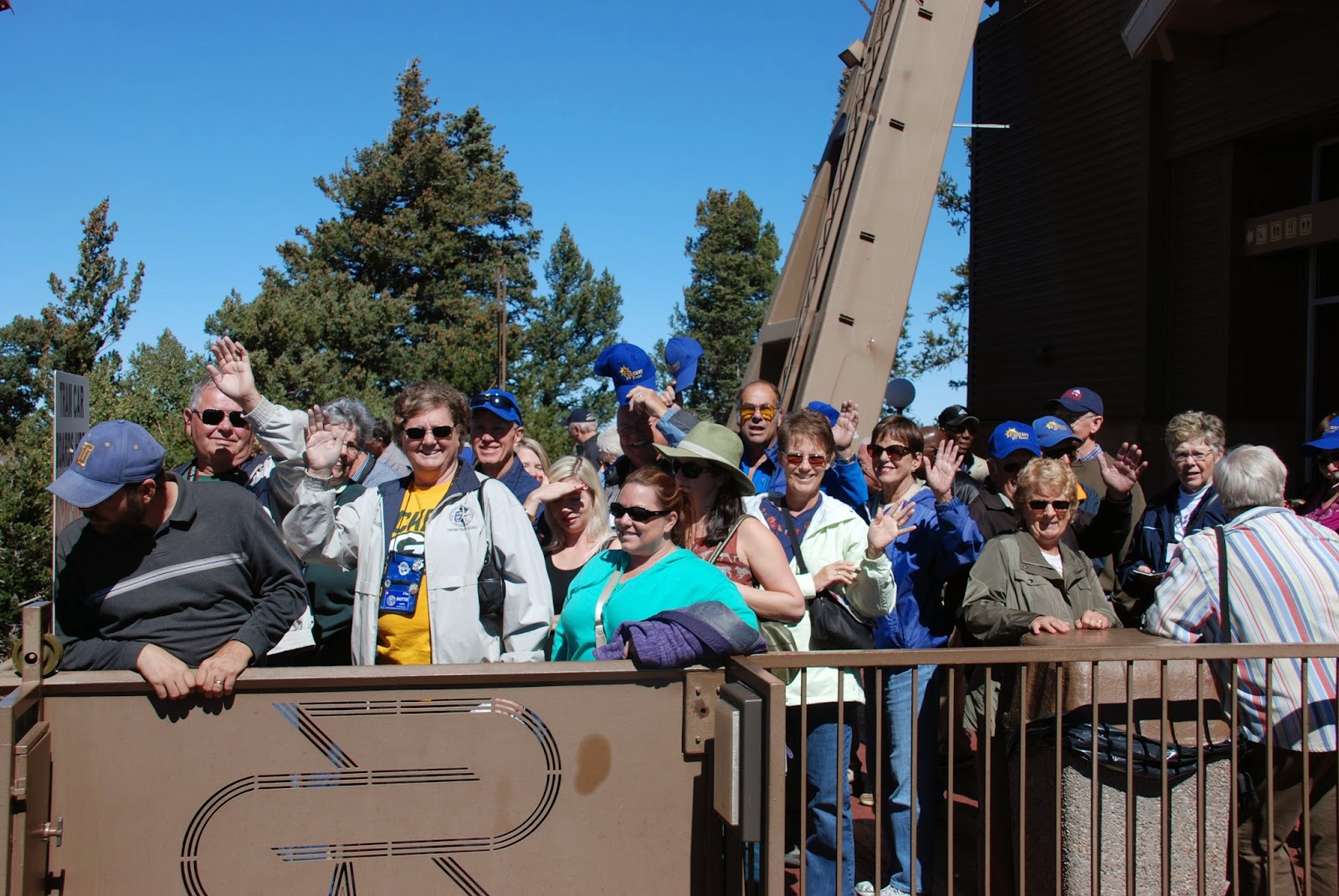Albuquerque International Balloon Fiesta
&
Sandia Peak
Lets Start The First Day
With Some Background Information!
The Albuquerque International Balloon Fiesta is a yearly festival of hot air balloons that takes place in Albuquerque, New Mexico, USA during early October. The Balloon Fiesta is a nine day event, and has around 750 balloons. The event is the largest hot air balloon festival in the world.
History
The Balloon Fiesta began in 1972 as the highlight of a 50th birthday celebration for 770 KOB Radio. Radio station manager Dick McKee asked Sid Cutter, owner of Cutter Flying Service and the first person to own a hot air balloon in New Mexico, if KOB could use his new hot-air balloon as part of the festivities. The two began discussing ballooning, along with conversation and help from Oscar Kratz, and McKee asked what the largest gathering of hot air balloons to date had been. 19 balloons in England, Cutter replied. Kratz asked "Can we get 19 here?" Cutter agreed to try. He got commitments from 21 pilots, but bad weather kept some of them from arriving in time. The first fiesta ended up as a gathering of 13 balloons on April 8, 1972, sponsored by KOB. The first event was located in the parking lot of the Coronado Center Shopping Mall with 20,000 spectators and with balloonists from Arizona, California, Iowa, Michigan, Minnesota, Nevada and Texas taking part. McKee, Cutter, and Kratz are the three men who had originally started the balloon races. The first fiesta incorporated a "Roadrunner-Coyote Balloon Race" (a "hare-and-hounds" race elsewhere in the world) with 1 balloon being the "Roadrunner" and the others being "Coyote" balloons (the "Roadrunner" balloon was actually emblazoned with likenesses of both Warner Bros. characters). The winner of the race - the "Coyote" that landed closest to the Roadrunner - was Don Piccard of the noted aerostation dynasty, flying a balloon of his company's design and construction (his wife also placed in the race). This race has continued as part of the Balloon Fiesta today.
The next year Albuquerque hosted the first World Hot-Air Balloon Championships in February and the fiesta became an international event. In 1975 Albuquerque was looking at hosting the World Championships again, but the event was scheduled for October. So the fiesta was moved to correspond with the championships. To maintain interest in Albuquerque’s bid to host the championships, a balloon rally was held in February of that year. Autumn being a far better flying time than February, the event has remained in early October to the present day.
The Balloon Fiesta grew each year for decades, and today is the largest balloon convention in the world. The number of registered balloons reached a peak of 1,019 in 2000, prompting the Balloon Fiesta Board to limit the number to 750 starting in 2001, citing a desire for "quality over quantity". The limit was changed to 600 in 2009 — citing recent growth in the city and a loss of landing zones. On any given day during the festival, up to 100,000 spectators may be on the launch field where they are provided the rare opportunity to observe inflation and take off procedures. Countless more people gather at landing sites all over the city to watch incoming balloons.
Events
Dawn Patrol - The Dawn Patrol began at the Balloon Fiesta in 1978, when two California balloonists developed position lighting systems that allowed them to fly at night. Dawn Patrol pilots take off before sunrise and fly until it is light enough to see landing sites. Fellow balloonists appreciate the Dawn Patrol because they can watch the balloons and get an early idea of wind speeds and directions at different altitudes.
Mass Ascensions - One of the biggest events of the fiesta, where all participating balloons launch in two waves, filling the sky with hundreds of balloons at once. Launch directors, also known as “zebras” because of their black-and-white-striped outfits, serve as “traffic cops,” coordinating the launch so balloons leave the field in a safe and coordinated manner.
Artistic Vision - Many local artists take advantage of the balloons as favorite subject matter for their paintings. Balloons often land in Albuquerque neighborhoods. Many residents watch the balloons from the comfort of their backyards.
Special Shape Rodeo - Many non-traditional, uniquely shaped balloons are launched at the same time. Some of the most famous shapes include a milk cow, a wagon coach, twin bees, and many others like soda pop cans and animals. This is the most popular part of the event as families can see how balloons can be all different in shapes and sizes.
Balloon Glows - Large numbers of balloons are illuminated at night by their propane burners. They stand static and do not take off during these events. The "Glowdeo" is a night glow for the special shapes balloons.
Special Events and Competitions
Various events like:
- The Fiesta Challenge, a game where balloonists attempt to drop a marker closest to a target.
- America's Challenge Gas Balloon Race, where special long-distance gas balloons are inflated and then launched. The winner of the race is the balloon that travels the farthest. Some balloons in the race have gone as far as Canada and the U.S. East Coast.
- The Flight of the Nations Mass Ascension, where balloonists from each nation launch, one at a time, to their national anthem and waving their nation's flag.
- Other piloting, skill, and speed competitions.
Water & Electric
We're Happy!

We relocated our RV
To
Prepare For The Mass Arrival!

The RV Lot is Empty Now
But Just Wait!
The Next Morning The Air Was A Buzz By 4:30 am!
Dawn Patrol - A Patriotic Start!
Checking Conditions
&
Making Sure It Is Safe!
The Mass Ascension!
Soon We Were Surrounded By Balloons.
They Were Landing Very Close To Us!
The Pilots Were VERY Gracious and Often Gave Rides!
That Afternoon We Visited The Sandia Tramway
Located In The Cibola National Forest.
The Cibola National Forest (pronounced SEE-bo-lah) is a 1,633,783 acre (6,611.7 km2) United States National Forest in New Mexico, USA. The name Cibola is thought to be the original Zuni Indian name for their pueblos or tribal lands. The name was later interpreted by the Spanish to mean, "buffalo." The forest is disjointed with lands spread across central and northern New Mexico, west Texas and Oklahoma. The Cibola National Forest is divided into four Ranger Districts: the Sandia, Mountainair, Mt. Taylor, and Magdalena. The Forest includes the San Mateo, Magdalena, Datil, Bear, Gallina, Manzano, Sandia, Mt. Taylor, and Zuni Mountains of west-central New Mexico. The Forest also manages four National Grasslands that stretch from northeastern New Mexico eastward into the Texas Panhandle and western Oklahoma. The Cibola National Forest and Grassland is administered by Region 3 of the United States Forest Service from offices in Albuquerque, New Mexico. Elevation ranges from 5,000 ft (1,500 m) to 11,301 ft (3,445 m).
The Sandia Peak Tramway is an aerial tramway located adjacent to Albuquerque, New Mexico, USA. It stretches from the northeast edge of the city to the crest line of the Sandia Mountains and has the world's third longest single span. It is North America's longest aerial tram.
History
Bell Engineering of Lucerne, Switzerland, constructed the tramway in what they considered their most difficult tramway construction project, primarily because of the steep and rocky terrain. Entering service on May 7, 1966, the tram makes 10,500 trips per year. The tram is a type known as a "double reversible jig back aerial tramway," where "jig back" means that as one tram car is ascending, the other is descending. Its two cars are capable of carrying 50 passengers each and have numerous safety and backup systems, such as multiple emergency braking systems and a grounding system that ensures the safety of passengers in the event of a lightning strike. New tram cars were installed in 1986, and new track cables in 2009.
Description
The tramway ascends the steep western side of the highest portion of the Sandia Mountains, passing close to dramatic cliffs and pinnacles, from a base elevation of 6,559 feet (1,999 m) to a top elevation of 10,378 feet (3,163 m). A trip up the mountain takes fifteen minutes to ascend 3,819 ft (1,164 m), and the normal operating speed of the tram is 12 miles per hour (19 km/h) . Approximately four "flights" leave every hour from the base and top departure stations. The view from the tram includes all of Albuquerque and roughly 11,000 square miles (28,000 square kilometers) of the New Mexico countryside.
The tramway has just two support towers. The first tower, which is 232 feet (70.7 m) tall, is situated at an elevation of 7,010 feet (2,137 m) above sea level and built as an inclined tower with an inclination angle of 18 degrees. The second, just 80 feet (24.4 m) tall, is situated at the end of a major spur of the mountains at an elevation of 8,750 ft (2,667 m) and was built by helicopter aid.
The longest span is between the second tower and the top terminal. This span is the third longest clear tramway span in the world, at a length of 7,720 feet (2,353 m). Mid-span, the cables are 900 ft (274 m) above the mountainside. This span passes over Domingo Baca Canyon, part of which is referred to as TWA Canyon. This is the site of the crash of TWA Flight 260 on February 19, 1955, in which the lives of all 16 passengers and crew were lost. While much of the wreckage was removed during construction of the tramway, some still remains on the canyon floor and may be visible to riders of the tram.
Activities on top
At the top of Sandia Peak there are many year-round recreational options. The High Finance Restaurant is directly adjacent to the top tram terminal and offers scenic views. Many Forest Service trails offer recreational hiking, backpacking and nature hikes to visitors. Additionally, the tram terminal is located at the top of Sandia Peak Ski Area which is on the opposite side of the mountain from the tramway and the city. Skiing is available in the wintertime, and during the summer over 26 miles (42 km) of mountain biking trails are available. Bikes cannot be brought on tram cars. There is no public transportation in this area of Albuquerque; the tram is only accessible by taxi or personal vehicle.
Bottom Elevation!
Glad To See It Is Well Maintained!
For The Buses Crossing Under The Tram!
Here Is One Of The Trams!
It Looks Short.
But You Can Only See About 25% of The Distance From Here!
That's What's Holding Us Up!
A Look Down!
At The Top
Lunch At
The High Finance Restaurant
With Plenty Of Time...To Look!
Everyone Having A Great Time!
Enjoying The Scenery!
Then We Headed Down!
Once The Next Tram Arrives!
We Were On Our Way
More Balloons Tomorrow!




























No comments:
Post a Comment